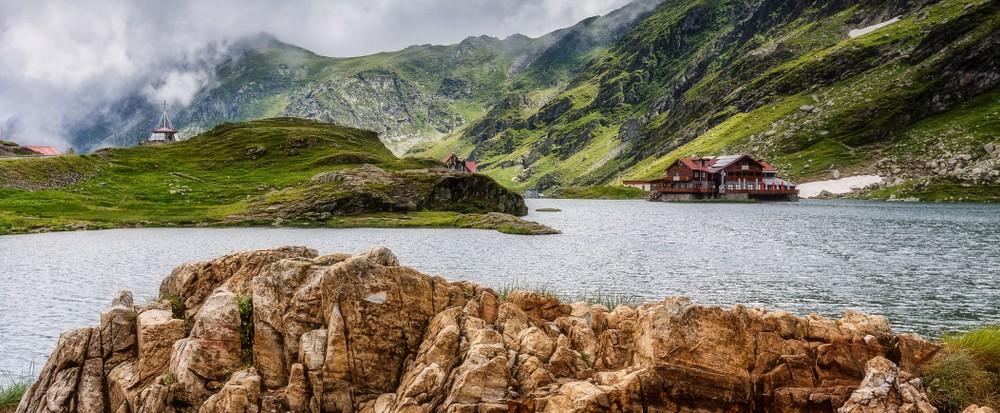Times have also changed in Romania, although travelers can remember that just a few decades ago they had to knock on the door of the village priest to secure a camp for the night. In the meantime, Romania has shed the status of a tourist developing country, and even in the most remote regions of Maramures or the Banat, the sign “Retea turistica” can be read on the freshly painted wooden houses. The charming guesthouses of rural Romania almost without exception have a shower, and the price of accommodation often includes a hearty dinner and, of course, the family connection. Once upon a time, the dreaded Romanian despot Ceausescu had forbidden guests to be accommodated in private houses under penalty. The course of history overthrew the dictator and released the land between the Black Sea and the Pannonian Plain from the Middle Ages to the present day.

For centuries, a number of peoples have shaped the face of this region and also its cultures. In the beginning, it was Romans and Greeks who left their mark on Romania, later came Jews, Germans and Austrians. And so there are still numerous traces of history in Transylvania today. Viennese cuisine has influenced gastronomic idiosyncrasies since the era of the Habsburg monarchy, and in the once fortified Transylvania, around 150 fortified churches can still be visited. They once had the task of protecting themselves from the pillaging Tatars and the Turks.
Slender towers and roofs covered with shingles are the hallmarks of the impressive wooden churches in Romania. They are made of wood for a good reason, because the villages were forbidden to build Orthodox places of worship out of stone. UNESCO has declared eight historically particularly valuable churches in Maramures as World Heritage Sites. On a round trip through Romania, the picturesque landscape with its wide fields is particularly fascinating. On them, it is almost always the horses that take over the work – as they have always done. Here and there, holidaymakers have to do without their usual comfort in the West in the hotels and guesthouses if they are off the beaten track or have even set off on a trekking in the Carpathians.

Many a traveller searches Romania for the traces of the legendary “Dracula”. Although there was a prince named Vlad Dracul III, who served as a model for the blood-sucking demon and saw the light of day in the colorful and fairytale Sighisoara, “Dracula” is actually just a movie character. Sighisoara, with its winding medieval streets and the colourful houses of the old town, is a real eye-catcher and a Transylvanian showpiece. But there are no vampires here either – and hardly any inhabitant hangs a bundle of garlic on the front door to ward off the supposed bloodsuckers.
However, said Prince Dracula is said to have been a feared fighter who, according to tradition, slew his opponents with stakes, which earned him the nickname “Vlad the Impaler” during his lifetime. In 1477, however, he was defeated and his severed head is said to have pleased Sultan Mohammed II in Constantinople. Supposedly, the bones of the prince found their final resting place in the monastery of Snagov on a small island near Bucharest.
The capital Bucharest is proud of its past and presents it with an impressive Palace of the President, the Square of the Patriarchs and a triumphal arch, among other things. It is a metropolis with confectioner-style houses and a remarkable art and culture scene. Sibiu, which can also be found on the maps as Sibiu, became the European Capital of Culture in 2007, and Brasov is something like the stony conscience of historic Transylvania. For many visitors, the picturesque centre with its baroque and Gothic facades serves as the starting point for their activities in Romania. And thus in a country with a social divide and many hospitable people.
Travel information Romania
| Capital | Bucharest |
|---|---|
| Form of government | Republic Semi-presidential system |
| Currency | Leu (RON) |
| Area | approx. 238,391 km² |
| Population | approx. 19,870,000 (2016) |
| Languages | Romanian |
| Electricity grid | 220/230 volts, 50 Hz |
| Area code | +40 |
| Time zone | UTC+2 EET UTC+3 EEST (March to October) |


